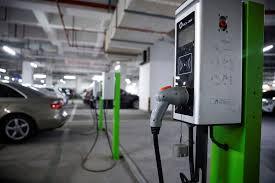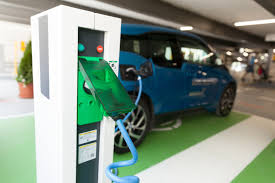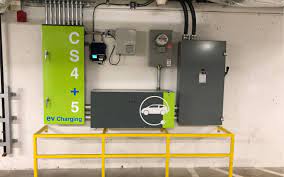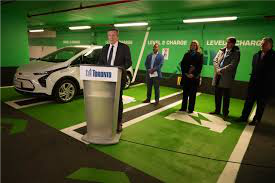 September 2024
September 2024
Condominium communities have had to surmount numerous challenges when adapting their existing systems to incorporate electric vehicle charging systems (EVCSs) that are cost-effective, equitable and don’t disrupt other electrical needs in their buildings.
It is clear that a single approach does not work for all communities. Some choose to provide service to those residents currently desiring these systems. Others want a solution that will address the future needs of all residents. Decisions made by a condominium corporation can affect all residents regardless of their need or desire for an electric vehicle charging system.
Basic Approach
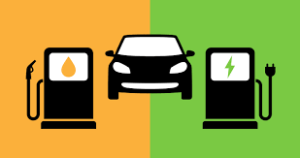 An electrical contractor determines the electrical capacity of the building and its ability to service an electric vehicle charging system. They deliver a report advising on how many EVCSs can be supported. This number is usually lower than desired meaning that the building does not have available capacity to provide EVCS service to all units. A condo board would then have to decide if unit owners can install individually owned EVCSs. This leads to concerns about fairness and equity. If some type of building system upgrade is necessary, would this be paid by owners allowed to install a personal EVCS or the corporation, and who would “own” this upgrade?
An electrical contractor determines the electrical capacity of the building and its ability to service an electric vehicle charging system. They deliver a report advising on how many EVCSs can be supported. This number is usually lower than desired meaning that the building does not have available capacity to provide EVCS service to all units. A condo board would then have to decide if unit owners can install individually owned EVCSs. This leads to concerns about fairness and equity. If some type of building system upgrade is necessary, would this be paid by owners allowed to install a personal EVCS or the corporation, and who would “own” this upgrade?
Common Element Approach
 EVCSs may be installed for general use, paid for and owned by the condominium corporation. Availability is on a “first come, first serve” basis. Payment for electricity may be by credit card or another method. This approach is less convenient for residents while treating everyone equally. Problems can arise when demand for these charging systems exceed available capacity. Conflicts can arise when a fully charged vehicle is not moved so that another resident can use the charging system. As demand increases for charging systems, it may be necessary to Increase overall electrical capacity for the building.
EVCSs may be installed for general use, paid for and owned by the condominium corporation. Availability is on a “first come, first serve” basis. Payment for electricity may be by credit card or another method. This approach is less convenient for residents while treating everyone equally. Problems can arise when demand for these charging systems exceed available capacity. Conflicts can arise when a fully charged vehicle is not moved so that another resident can use the charging system. As demand increases for charging systems, it may be necessary to Increase overall electrical capacity for the building.
This approach is less popular due to its limitations.
Smart System Approach
 Technologies have been developed to operate within a building’s existing electrical capabilities while providing electric vehicle charging to a larger group of owners at their personal parking space. These systems work by sharing available electrical capacity with all electric vehicles connected to the system at the time. Power delivered to vehicle charging systems is automatically adjusted as a proportion of total system capacity to ensure all other electrical needs continue to be supported.
Technologies have been developed to operate within a building’s existing electrical capabilities while providing electric vehicle charging to a larger group of owners at their personal parking space. These systems work by sharing available electrical capacity with all electric vehicles connected to the system at the time. Power delivered to vehicle charging systems is automatically adjusted as a proportion of total system capacity to ensure all other electrical needs continue to be supported.
Perhaps an installed system is capable of providing full charging capacity for 15 electric vehicles at each vehicle’s fastest rate. At some point 30 electric vehicles may be connected to the system. Once the 16th vehicle is connected, the smart charging system will reduce the power to each vehicle while ensuring all other building needs are met. All vehicles will charge more slowly. As vehicles get fully charged, power to other vehicles is gradually increased. At no time does electricity being delivered to electric vehicles exceed the full charging capacity of 15 vehicles.
This smart system approach recognizes that full and fastest charging is not necessary most of the time or by all vehicles.
 Technologies are emerging that offer more efficient ways to deliver electricity to electric vehicles without compromising electricity needed for other building requirements. As these technologies evolve, it should be easier for high-rise communities to deliver electric vehicle charging systems to their residents.
Technologies are emerging that offer more efficient ways to deliver electricity to electric vehicles without compromising electricity needed for other building requirements. As these technologies evolve, it should be easier for high-rise communities to deliver electric vehicle charging systems to their residents.


